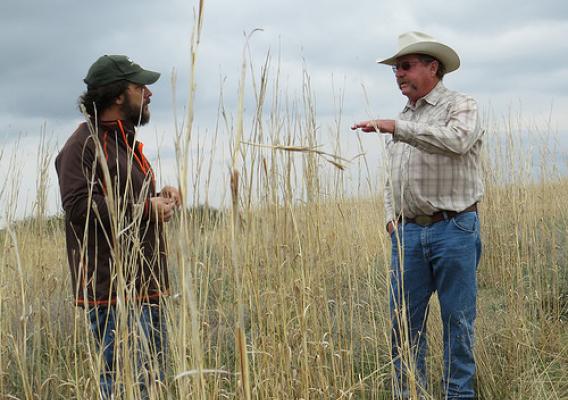The U.S. Department of Agriculture continuously seeks opportunities for U.S. agricultural products and producers to expand access to overseas markets and contribute to a positive U.S. trade balance, in turn creating jobs and supporting economic growth. The past six years have represented the strongest period for American agricultural exports in the history of our country. In fiscal year 2014 American farmers and ranchers exported a record $152.5 billion of food and agricultural products to consumers worldwide.
To that end, I recently had the opportunity to visit the Philippines with APHIS employees and meet with U.S. Embassy personnel, Philippine government officials, and Philippine industry representatives. On my trip, I met with our Philippine counterparts at all levels and learned first-hand the value of outreach and relationship-building between APHIS colleagues stationed in Manila, Embassy colleagues, and locally employed staff. Philip Goldberg, U.S. Ambassador to the Philippines, who was very gracious with his time, acknowledged the close working relationship between APHIS personnel in Manila and their local plant and animal health counterparts and highlighted how resolutions of technical issues contribute to the overall strong bilateral partnership between the United States and the Philippines.








